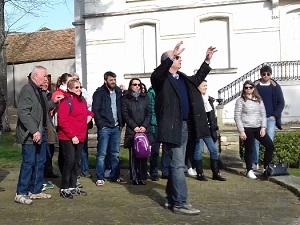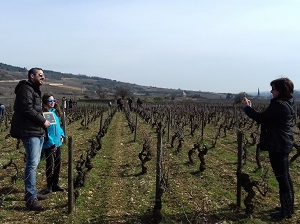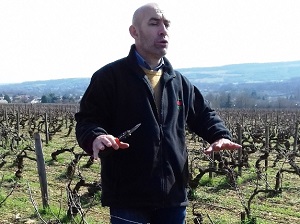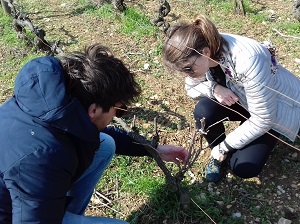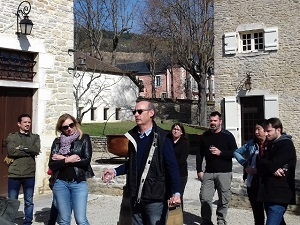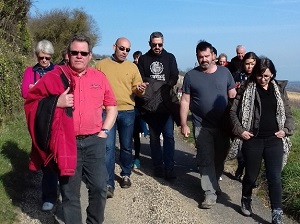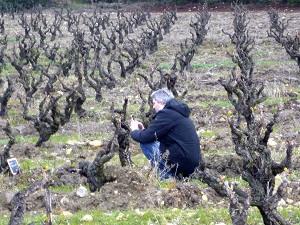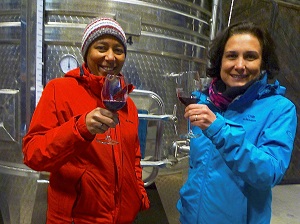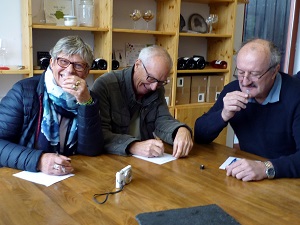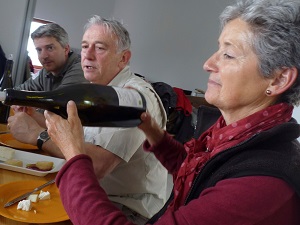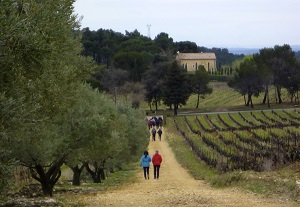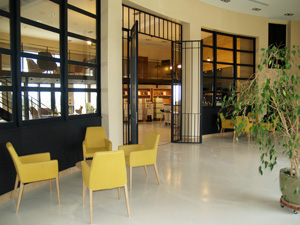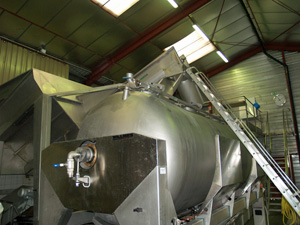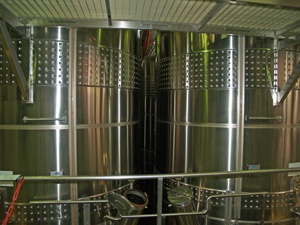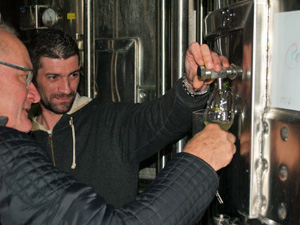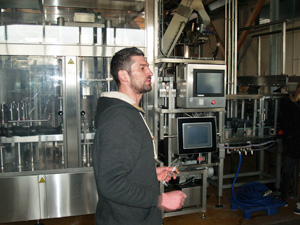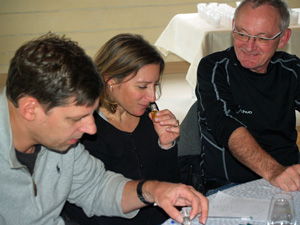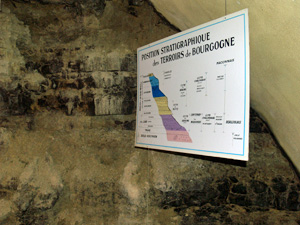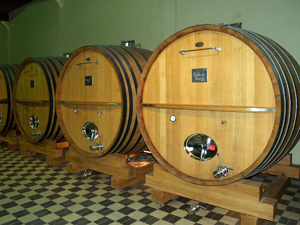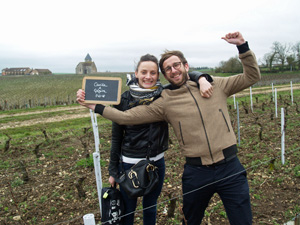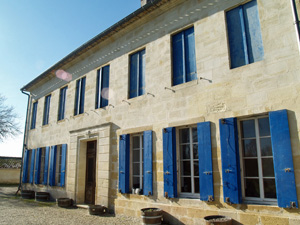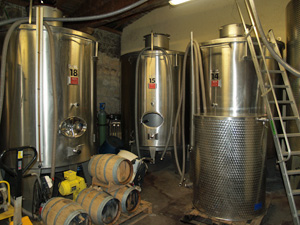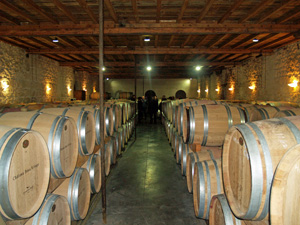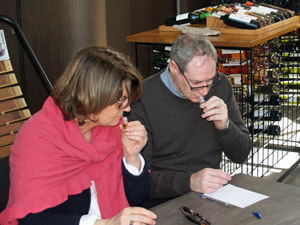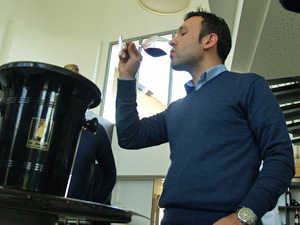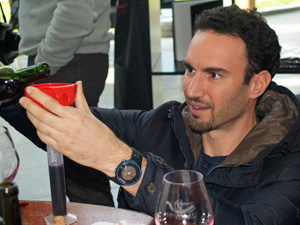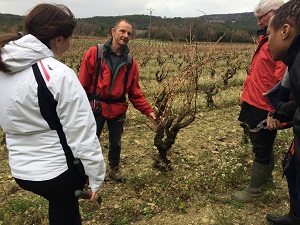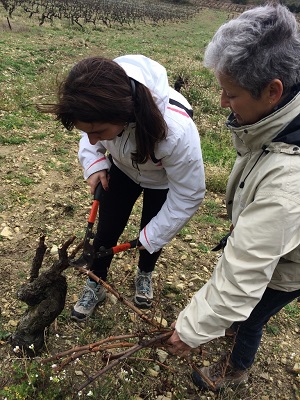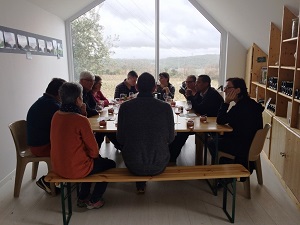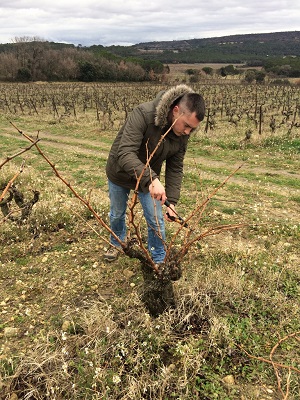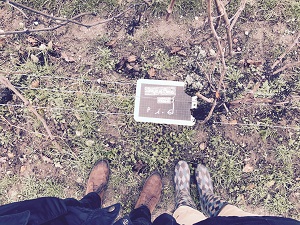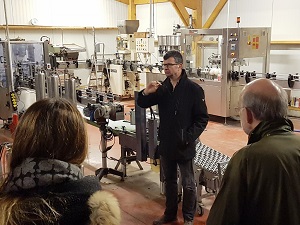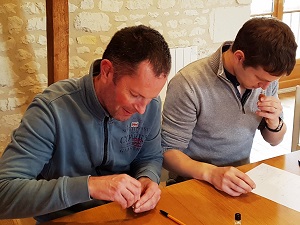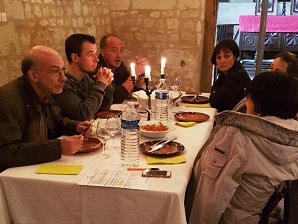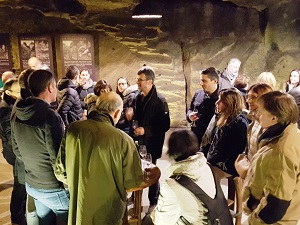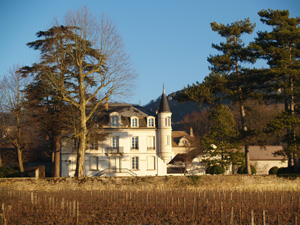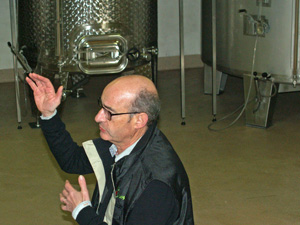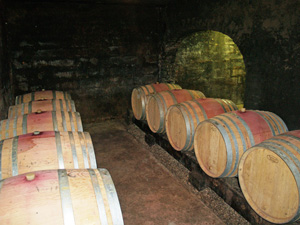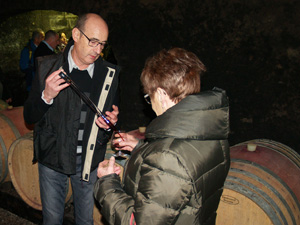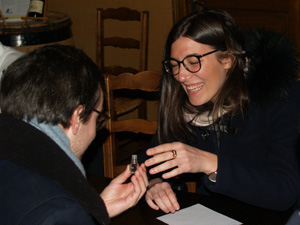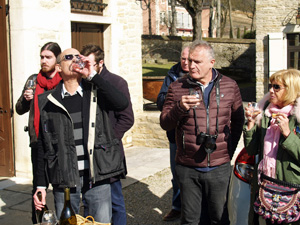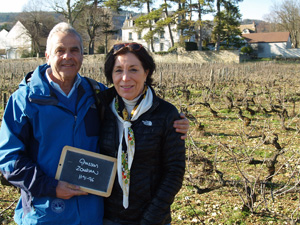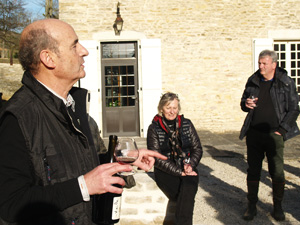Getting involved in the work in the vineyard
- Categories :
- Wine Making
- Château de la Bonnelière
- Loire Valley
Over coffee, Marc Plouzeau, the winemaker and owner, explained the history of the winery which was brought back to life by his father in 1980. In 1989, a great vintage for the Loire Valley, the first Château de la Bonnelière wine for over 60 years was born.
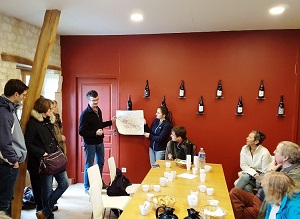
Marc took over the running of the winery in 2000, and has gradually grown the winery over the years and as the opportunities arose. Today the winery has 30 hectares of vines, all of which are situated on the left back of the Vienne river.
It was then time to get to the heart of the day’s matter, and find out what happens in the vineyard to nurture the vines. The pruning season has just finished, and it is now time to get ready for the vines future growth and to work the soil, which has been resting since the last harvest.
We had a double mission for the day. First of all to pull away the cut branches that had been left behind after pruning, and then to attach the remaining branches to the training wires.
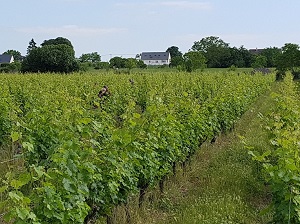
We worked in the Clos de la Bonnelière vineyard, where our adopted vines are located. So before getting stuck in, we took a few minutes to meet our vines and take a few pictures for the My Vine photo competition, some of which were very acrobatic!
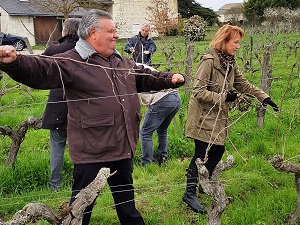
But enough larking around, it was high time to do some work! Pulling away the cut branches is a fairly physical task as the tendrils from last year grip tightly to the training wires, but one which we soon got to grips with, leaving the dead wood in the middle of the rows to be crushed, allowing some of the nutrients to return to the soil.
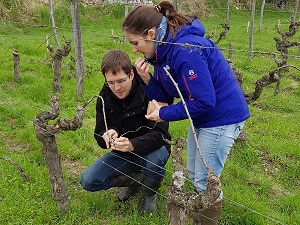
The next task to fold the branches and attach them to the training wires was a little more difficult. The fruit-bearing branch which will carry this year’s grapes needs to be supported by the wire, and the branches folded without breaking them. You need to be careful, and the sound that they make when being bent causes you to worry at first. But you soon get the hang of it, and we made a good job of it!
By this time, we had built up a good appetite, and we enjoyed lunch, accompanied by some of Marc’s different red and white wines.
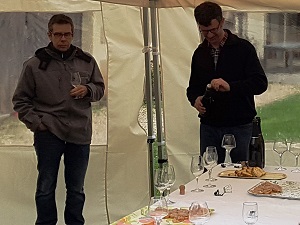
We resisted the urge for a siesta in the afternoon sun, and listened intently as Marc explained the work involved in being an organic winegrower, and how the work differs in some of his other vine plots.
The day then drew to a close, and we each headed off in our separate directions having learned more about the work that goes on behind the scenes in making quality wine. We look forward to learning more when we come back for the Harvest and Vinification Experience days.



